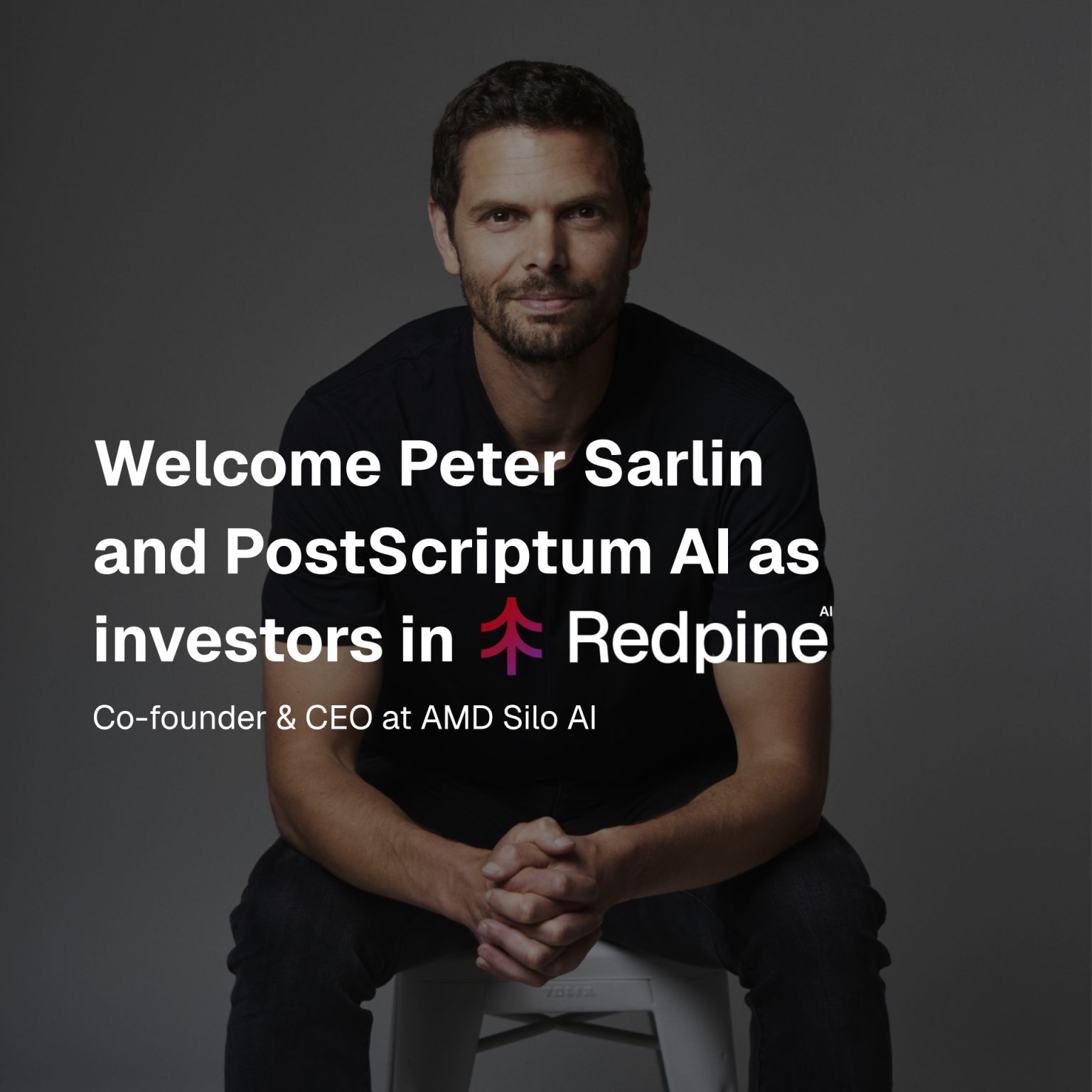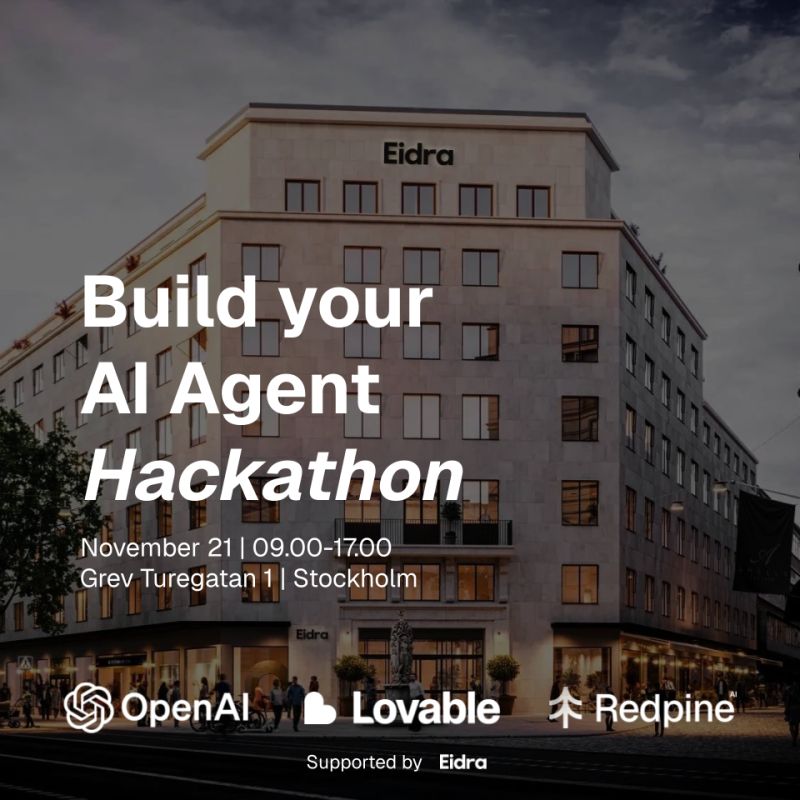Beyond the AI Hype — 50 Uses of AI that Create Real Business Value
A first-principles overview of key areas with positive AI impact on industries and functions
TLDR: Despite stock-market turbulence — AI is here to stay. There are ample examples of applications that will add real bottom-line value to companies in the next 3–5 years.
Over the past 24 months, we’ve witnessed an explosion of interest in AI from entrepreneurs, investors, and enterprises. This is primarily driven by major leaps in compute / hardware, and the advancements of large language models (LLMs). However, recent surprising concerns raised by authorities such as Sequoia and Goldman Sachs have highlighted caution about the actual return on investment (ROI) from AI investments. Learning from the history of previous booms (like the dotcom bubble) — there’s a short-term reason for concern.
Regardless of the current fluctuations and next 12 months in valuations, funding appetite, and tone — when the smoke settles, we remain bullish on the value potential of AI. Therefore, we decided to analyze the fundamentals using first principles and take a through-cycle perspective on the potential of AI. In which industries and applications will AI disrupt the status quo and add the most benefit?
(A key enabler of this potential is the development of access to great data. In an upcoming post we will look deeper at the data used for high-potential applications and the implications for startups and enterprises.)
Key Industries and Use-Cases for AI
The potential of AI will be great for 1) Industry-specific applications, and 2) Functional applications (those that stretch across industries). See below our take on these top applications within 2–5 years.
Banking
#1 — Increased algorithmic trading, robo-advisory, and automated due diligence (See finance below for more applications)
Insurance
#2 — Improvements in client-tailored underwriting and risk assessment procedures
#3 — Telematics enabling and individual pricing (usage-based insurance)
Food and agriculture
#4 — Real-time assessment of crop yields through satellite, drones with CV
#5 — Precision-farming enabling reduced fertilizers and pesticides
Pharma
#6 — New drug discovery and development through generative AI
#7 — Individualized precision therapeutics matching (e.g. oncology)
Health
#8 — Doctor Co-pilot to reduce admin (e.g. journal entries, consultation recording)
#9 — Automated diagnostics (e.g. x-ray and EHR analysis)
#10 — Predictive, continuous, and personalized health tracking and nudging
Energy
#11 — Smart design of processes and materials in renewable energy (e.g. storage)
#12 — Forecasting of demand and using weather to form optimal energy mix
#13 — Site selection optimization of renewable energy, including drilling hole selection
Manufacturing
#14 — Intelligent factory design for automation incl productivity, safety, and security
#15 — Predictive maintenance of machines and equipment
Retail / E-com
#16 — Profit. optimization (e.g. hyper-segmenting, marketing, and conversion)
#17 — Reducing returns through smarter sizing and return prediction pre-purchase
Gaming
#18 — Data-based game-play for gamers improving their play through AI/data
#19 — Improved graphics development productivity
Cybersecurity
#20 — Anomaly detection in logs in real-time indication intrusion
#21 — Code detection of sensitivities and bugs that lead to safety vulnerabilities
Education
#22 — Reducing teacher admin (scoring & grades, curriculum design, book creation)
#23 — AI-based tutoring and adaptive testing, individualized learning paths, and ways
Transportation
#24 — Autonomous self-driving (FSD) for cars and trucks
#25 — Fleet management and planning including route optimization
Media
#26 — Article summarization, aggregation and translation
#27 — Image, movie, and audio augmentation, generation, and editing
Robotics
#28 — Robots for manufacturing that learn behaviors and simulate humans
#29 — Recycling sorting robots using AI and advanced CV (e.g. for plastic polymers)
Construction
#30 — Floor planning automation (the architects’ co-pilot)
#31 — House building assistants (supporting workers with basic tasks)
Consumer
#32 — Personal assistants/agents supporting with everything possible
#33 — AR (glasses, audio) for reality augmentation (safety, consumption, career)
Security
#34 — Facial detection, action detection, and communication pattern detection
Public policy/govtech
#35 — Automated real-time translation (applicable in other fields also)
#36 — Generation and scanning of policy text to ensure viability
Functional improvements
Below is a detailed analysis of the key functional areas within industries that are expected to benefit significantly from AI, Gen-AI, and quantitative analytics. These are slightly different from the list above as they run across most industries. We note that in some cases, the function is seen as a stand-alone industry by itself.
Finance
#37 — Fraud detection using multiple data sources (e.g. SoMe) and fed learning
#38 — Cash flow management automation and forecasting
#39 — Automated reporting, accounting and auditing
Marketing
#40 — Product text, and image production using generative AI
Sales
#41 — Improved lead sourcing and scoring using new data sources
HR
#42 — Automation in talent acquisition (avatar interviews, gen-AI screening)
#43 — Automate workforce planning through intelligent forecasting and skill maps
Operations
#44 — Agent-based supply chain optimization (m2m coms between vendors)
Customer Service
#45 — Chatbots with AI using human tone of voice and more internal, and external data
R&D
#46 — Product innovation (stimulate serendipity) e.g. alternative plastics
Legal / Compliance
#47 — Contract generation and analysis using generative AI
#48 — Predict case outcomes to determine legal strategy/investments
#49 — Automate regulatory reporting and stay on top of policy/legislation updates
Tech
#50 — Automated coding support and documentation
Conclusion
All these opportunities will not materialize over night. They will be built by product teams (powered by AI) in fast-executing startups and enterprises. They will add value either as stand-alone applications, or through seamless integrations into existing software suites.
The integration of AI and Gen-AI into these industries and functional areas holds immense potential to drive productivity, reduce operational expenses, and boost revenues.
As always, the development of production-grade solutions for these applications will take time. So will the mindset transformation from customers and clients to both find and adopt these applications into their core operations.
Already AI-awareness and usage are gaining Board and C-level attention. But Rome wasn’t built in a day. Internet adoption took a decade longer than early prophecies. The same goes for AI.
We see exciting developments across all these application areas with both startups building and enterprises adopting solutions and look forward to seeing more examples in the next year.
Lastly, we welcome all input to this article and will update it dynamically with additional insights, gained from comments and feedback after the initial posting.
***
Notes on the article:
i. These are our reflections and thoughts, based on experiences, conversations, and studies. We have used AI as a sounding board and collaborator, however the analysis and text are fully created by us. A few thoughts:
ii. The text and its analysis do not claim to be MECE (mutually exclusive — collectively exhaustive) regarding the applications. Considering the vast amount of opportunities across industries and functions, the list could have been made orders of magnitude longer
iii. Also, another split on Industries / Functions could have been considered (e.g. B2B and B2C), however, the main conclusions would have been similar concerning the highest potential applications
iv. Any comprehensive views on AI should also encompass the risks involved, including data bias, security guard rails of AGI, rapid societal transformation, widespread job losses, and compliance/regulation/integrity risks. These risks are real and have been covered by others previously. Although we have not made them the focus point for this article, we are well aware of them
v. The practitioner will remark on the broad definition of AI through this article. Well noted. We’ve deliberately taken a broad definition of AI not only limited to generative AI but also computer vision and quantitative ML. This is a key point for us as we see a big share of the potential to emanate from outside the core Gen-AI spectrum. This is not to disregard the differences between sub-types of AI, however, to simplify the understanding.
About the authors:
The authors of this piece, Anders Hammarbäck, and David Österdahl, hold a positive but grounded view on the promises and developments of AI:
Anders is a founder, operator, company builder, investor in over 100+ tech-driven companies (through Antler), and with an early formative period in consulting with McKinsey. He built his first company during the previous dot-com era and recognized patterns from the past 20 years in tech and work and studies in Asia, Africa, the US, and Europe.
David is a leader, company builder, and angel investor having built products and teams for leading European tech companies including Spotify, iZettle and Lunar. He started writing code at SonyEricsson, a company that in many ways paved the way for future waves of Swedish unicorns through engineering talent and inspiration.
Read more
View all posts



